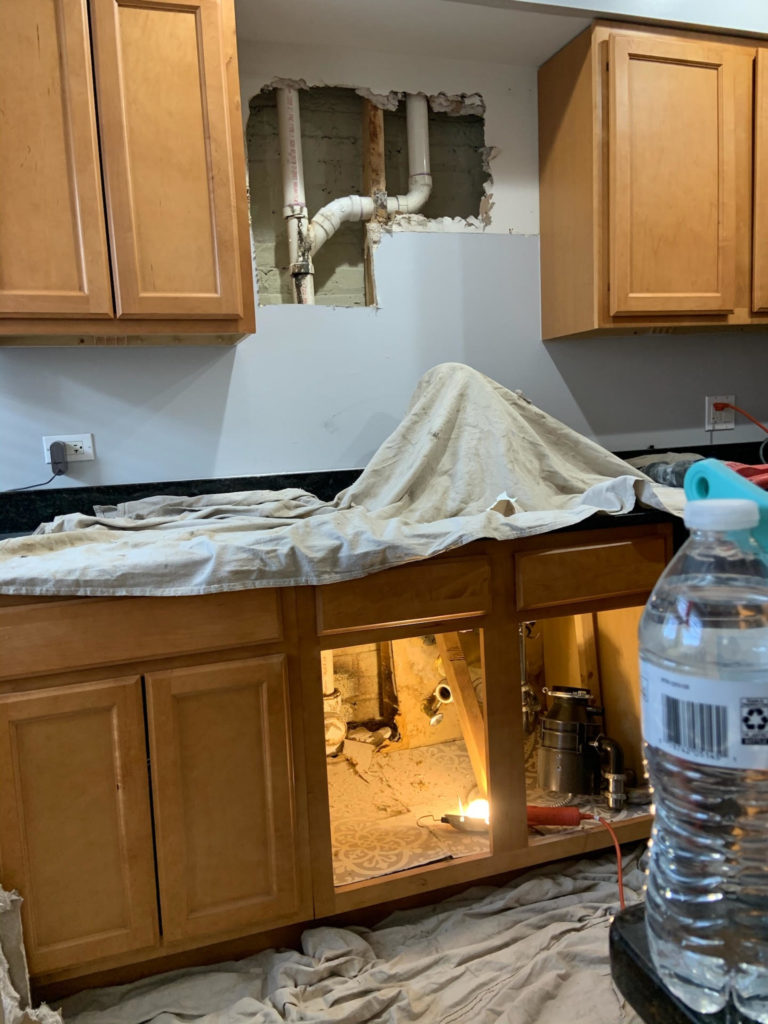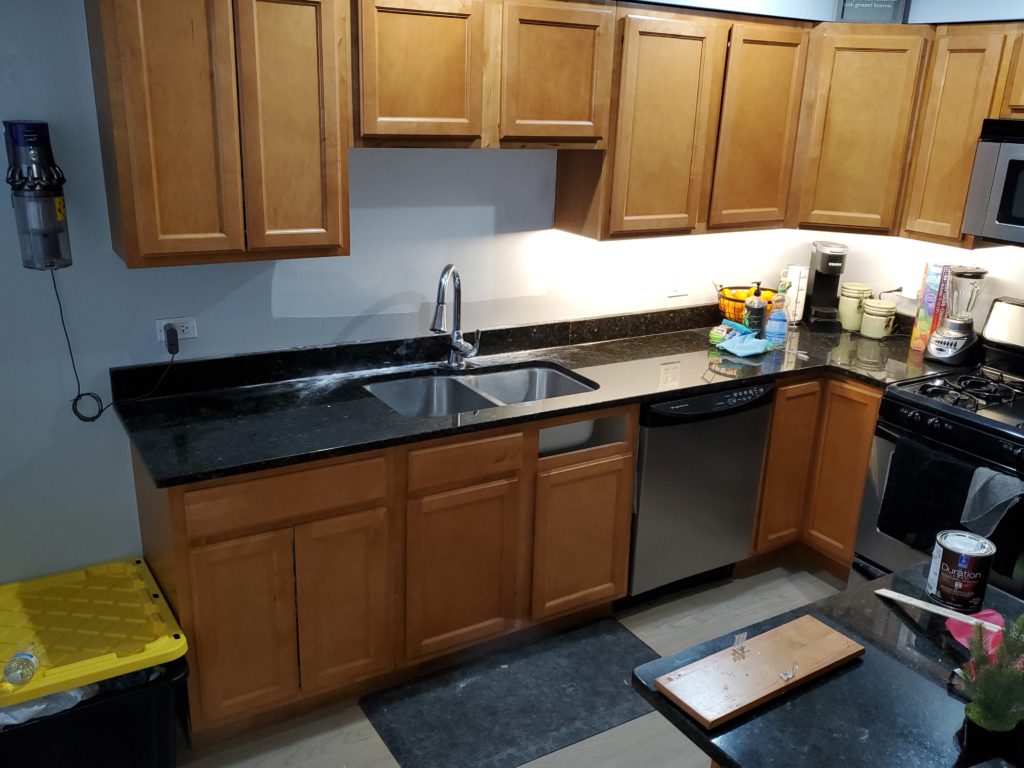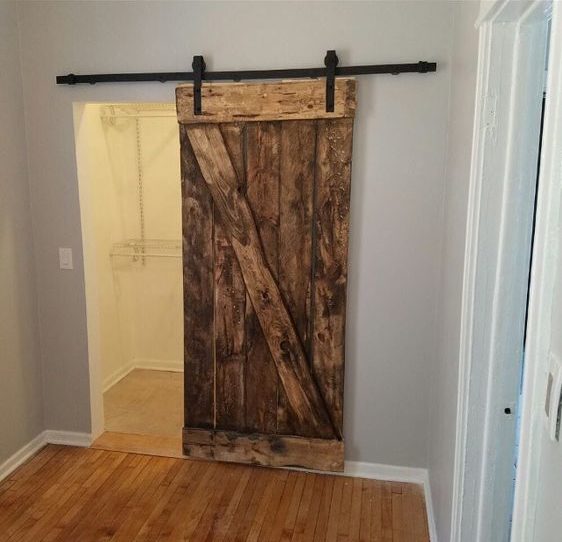January 20, 2022 in Chicago
Bathroom Remodeling Inspiration and Ideas
Bathroom remodeling is a complex task that takes just as much vision as it does remodeling knowledge. Bathroom remodeling is a task that takes skill as well as creativity. At Chicago Handyman, we pride ourselves on having both creativity and the skill necessary to get your project done. We have combined some of our favorite bathroom before and afters to inspire you, and get your creative juices flowing for your upcoming remodel project.
Do you have questions about your upcoming remodel or you’re looking to get a quote? Visit our services page to read more about our bathroom remodels, or our contact page to get in touch with us.
This remodel job is a fantastic example of how a beautiful bathroom can be hidden underneath dated designs. With the right eye and skill, this can be transformed into a beautiful bathroom that is updated to meet 2022’s standards for aesthetic. Additionally, the dual sink is a fantastic addition for any couple’s bathroom.
This beautiful bathroom renovation posted by Simply Maggie is a perfect example of how much of a difference a nice bathroom can make in a home. Did we mention that remodeling your bathroom adds a substantial amount of value to your home? This is the perfect example of how a beautiful bathroom can make all of the difference both for yourself and your guests.
This bathroom went from zero to hero after a remodel and renovation. With updated materials, flooring, and appliances, this is a bathroom that you would love getting ready for the day in. In addition, the waterfall shower head is a calming luxury that will keep you enjoying it after every use.
Bathroom remodels and bathroom renovations are tough work, and it takes a professional who can guide you through this process. Choose Chicago Handyman for your bathroom renovation if you are looking for a sure-fire way to achieve amazing results.






